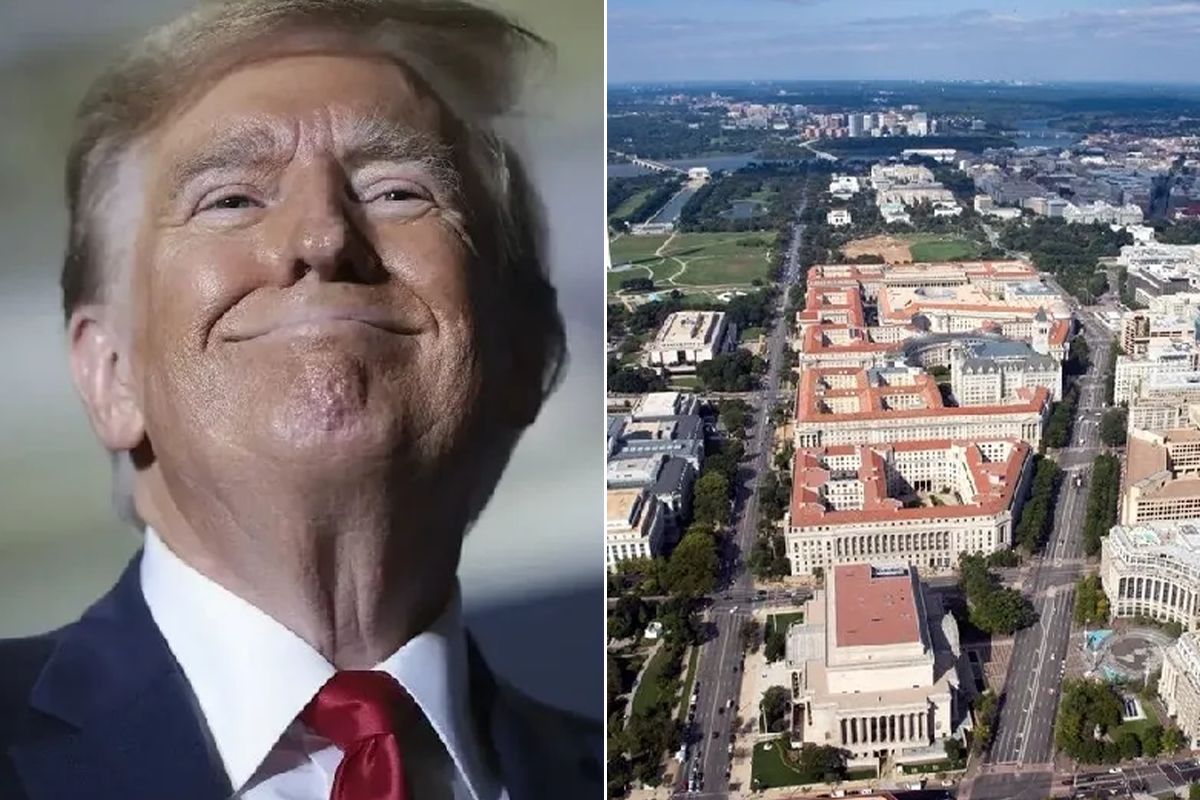The Trump administration is preparing for what could become the largest mass exit of government employees in U.S. history, as over 100,000 federal workers are expected to hand in their resignations on Tuesday. The wave is part of a broader plan to shrink the size of the federal workforce, with nearly 275,000 employees anticipated to leave through a mix of resignations, early retirements, and natural attrition.
At the center of the effort is a program allowing “deferred resignations,” which lets workers resign while still receiving pay and benefits for several months. Roughly 200,000 employees are expected to use this option, a move that could cost nearly $15 billion up front but is projected by the administration to save around $28 billion annually once payroll obligations are reduced.

Supporters within the administration say the initiative will streamline government and cut waste, but critics — including unions representing federal workers — argue it is a coercive scheme that threatens essential services. The American Federation of Government Employees has already filed lawsuits challenging the legality of the plan, warning that it bypasses Congress and undermines the stability of federal agencies.
For many employees, the decision to resign has been painful, with some describing it as being forced out of jobs they have held for decades. Others cite the pressure and uncertainty under the current environment as key reasons for stepping away.
The timing of this mass departure adds to the turmoil in Washington, as Congress faces an imminent deadline to pass a funding bill and avoid a government shutdown. Agencies have already been told to prepare contingency plans for mass firings if lawmakers fail to act. Together, the resignations and the looming funding crisis signal a historic and turbulent reshaping of the federal government workforce.





